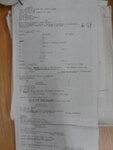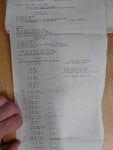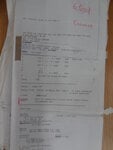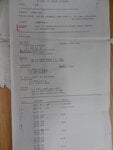33k in the air
Staff Sergeant
- 1,356
- Jan 31, 2021
The pilot's low chance of survival was down to him having to hold the plane steady while the rest of the crew bailed...
I would point out the rear gunner had a survivability rate as low as or lower than the pilot, depending on the aircraft.




